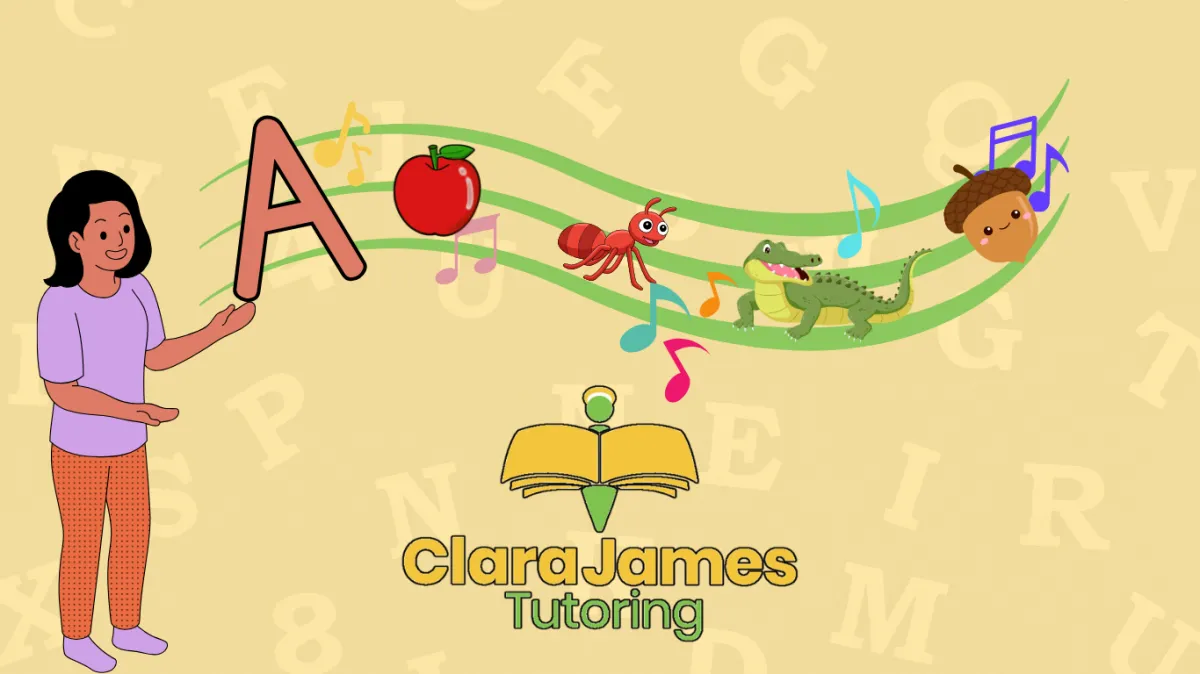
Getting to grips with letter sounds
Fun and Effective Ways to Learn Letter Sounds
A couple of years ago, I worked with two individuals who were both focusing on the sounds of letters. One was a young child just starting to grasp them, while the other was dyslexic and struggled to recognise them.
When you're working with initial letter sounds, one of the activities we used to do was creating a page with 4 or 5 things all starting with the same letter (and ideally sound).
Each of the images needed to be coloured in by them. As we progressed, I started writing the words under the images, and they would copy them in large, colourful letters. Eventually, I would just put the first letter, and they would complete the word.
We also used the same principle for other activities like pairs games, fishing, word searches, and hangman. Occasionally, we played eye-spy, trying to find words starting with the letters we had been practising. 'Busy' pictures with items hidden starting with that letter can also be effective.
These activities were not only helpful but also made learning fun and engaging.
They provided a mix of visual, auditory, and hands-on learning, which is especially beneficial for young learners and those with dyslexia.
For dyslexic learners, these methods are particularly relevant.
Dyslexia often affects the ability to process written language, making traditional learning approaches challenging. By incorporating multi-sensory techniques—such as colouring, copying in colourful letters, and engaging in interactive games—we can help reinforce learning in a way that caters to their strengths. These activities help build connections between sounds and letters, which is crucial for reading and writing skills.
By incorporating these creative and interactive methods, you can help children and learners of all ages, especially those with dyslexia, improve their letter sound recognition in an enjoyable way. Happy learning!

Our goal at Clara James Tutoring is to make learning fun and accessible to everyone. If children are engaged in what they are doing they are more likely to want to participate, if they are enjoying it, they are more likely to relax and retain the information.
If they are retaining the information it will help boost their knowledge and with knowledge comes confidence.
If you have a child who enjoys learning through games and being more creative, and you enjoy spending time with them, you might be interested in the Clara James Approach, the membership group we have put together to support you in supporting your primary school aged child with their maths and English.
Interested?
Click here to learn more: The Clara James Approach
